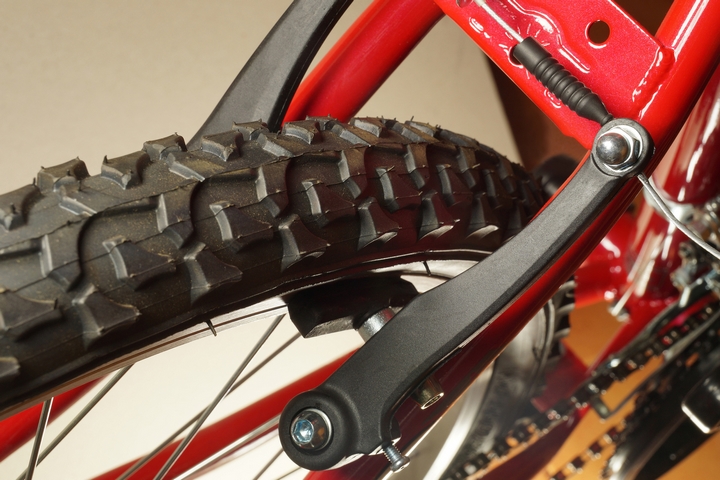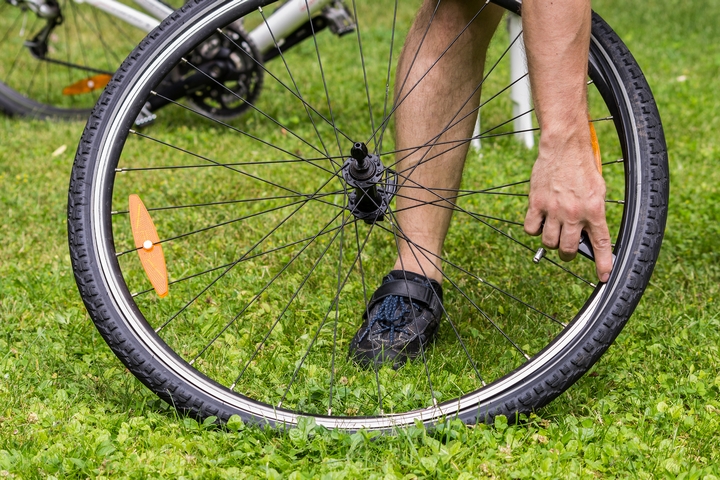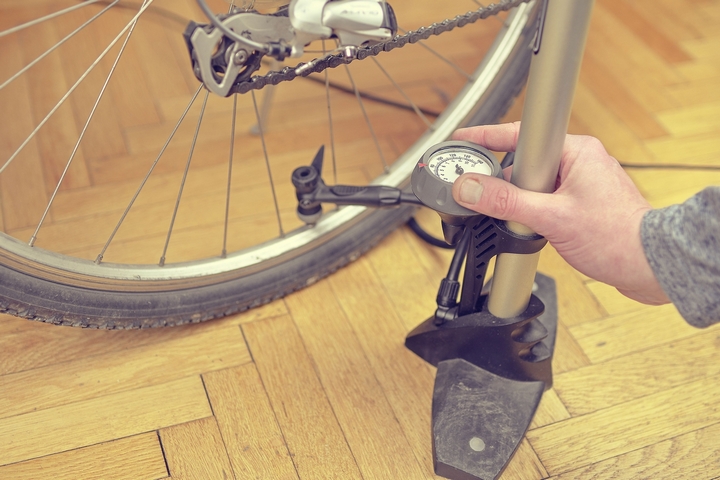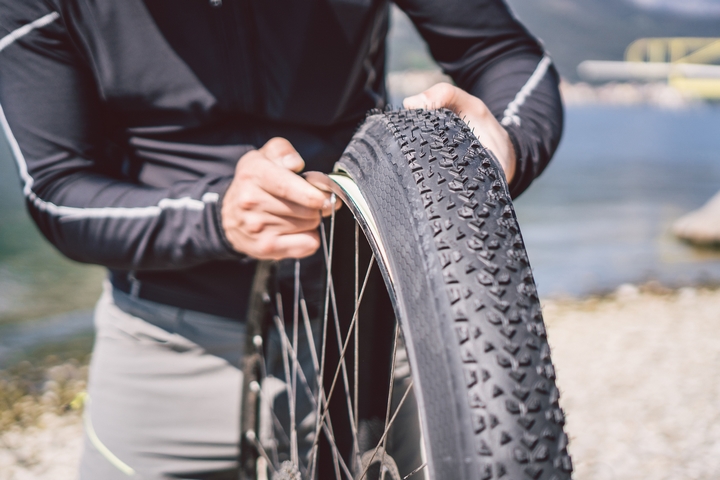How to Replace a Bicycle Tire Properly

Regular maintenance is part of keeping your new bike in premium condition. From time to time, you may need to replace a bicycle tire to keep yourself safe. This may be because the tire tread is worn out, or because there is a hole in the tire that needs to be mended. Depending on where you ride your bicycle, you may also need to change the type of tire to better suit the environmental conditions.
The process of how to replace a bicycle tire may seem tricky at first, but it is actually a simple process once you master the basics. Changing your bicycle tire can easily be done on your own. Here is a detailed guide on how to replace a bicycle tire properly:
1. Position the bicycle properly.

If you replace a bicycle tire while it is standing up, it will obviously fall over. The first step is to position the bike to prevent this from happening. There are three ways you can position the bike:
The first method is to lay it on its side with the chain facing up.
The second method is to flip the bike upside down onto its handlebars. This option is disliked by some because of the possibility of damaging the handlebars or the seat.
The third method is to place the bike on an upright bike stand, which will hold the bike in place while the tire is being changed.
2. Remove the bicycle wheel.

Your bicycle may come with a quick release feature, which allows for the easy removal of bike wheels. Simply open the quick release lever, and you’re good to go.
Once the quick release has been opened or the nuts have been loosened, the wheel must be taken off of the frame. If you’ve followed the directions above, it should just slide off. If you’re working on the back tire, you may want to move the chain to get it out of the way.
When removing the back tire, it is a good idea to move the gears to the smallest ring, as it will make the tire easier to remove.
3. Detach the bicycle brakes.

Since the brakes attach the wheel to the frame, you’ll need to detach them before you can continue with changing the wheel. If you have a quick release feature on your bike, this will probably already be done for you.
If your bike does not have a quick release, you’ll need to use a wrench to loosen the nuts in order to get the wheel off. Remove the nuts on both side of the wheel and set them aside in a safe place so you don’t lose them.
4. Inspect and replace the bicycle tire.

Check the inside of the tire for any punctures or damage. If there is any, you need to fix it before proceeding to the next step.
If the tire cannot be mended, or if the tread is completely worn away, you will have to replace the tires by purchasing new ones. However, if the tire itself is still okay, and you just need to replace the tube, then you can skip this step.
5. Deflate the bicycle tire.

In order to get the tube out of the tire, you’ll have to deflate it. This can be done by either pushing or pulling on the valve, depending on which one your bike has. You must empty the tube completely, or it may be difficult to get it out.
Next, you will need to remove the tube. Pull the deflated tube out of the tire by using tire levers to pry it open. You need two tire levers to unseal the tire from the wheel and hold it open while the other moves down and unseals the rest of the tire.
Inflate the new tube just a little so that it keeps its shape while you are trying to put it back in. If you inflate it too much, it will be difficult to insert into the tire. If you don’t inflate it enough, it won’t keep its shape and will also be difficult to insert. Make sure that the air valve is lined up in the right spot.
6. Put the tire back on the bike.

Slide the tire back into place and tighten the easy release lever or tighten the nuts using a wrench. If you just replaced the back tire, slide the chain back into place. Give the wheel a spin to ensure it is spinning as it should.
Don’t forget to reattach the brakes and then test them before heading out onto the road. This ensures that you have reattached them correctly, and that they will do their job when you need them most.
For safety purposes, it is a good idea to read the owner’s manual or check with a bicycle specialist to ensure you have done all of the steps correctly and safely. Any forgotten steps could result in harm to you or whoever the rider is.



















